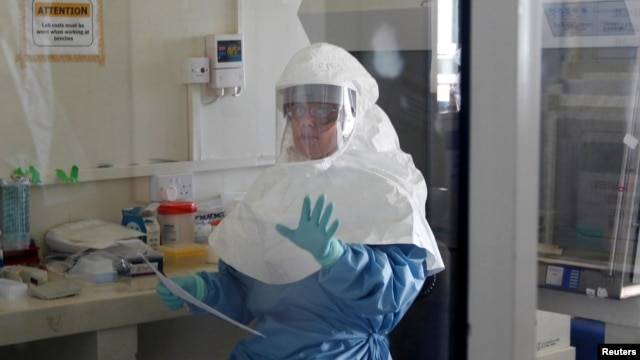- Jun 18, 2008
- 3,751
- 814
- 130
We must all realize, that a rouge nation, who hates America, can obtain the technology to
administer a Swine flu, or Sars virus, and release such Viruses in America.
What is the American millitary doing about such a situation.?
administer a Swine flu, or Sars virus, and release such Viruses in America.
What is the American millitary doing about such a situation.?





